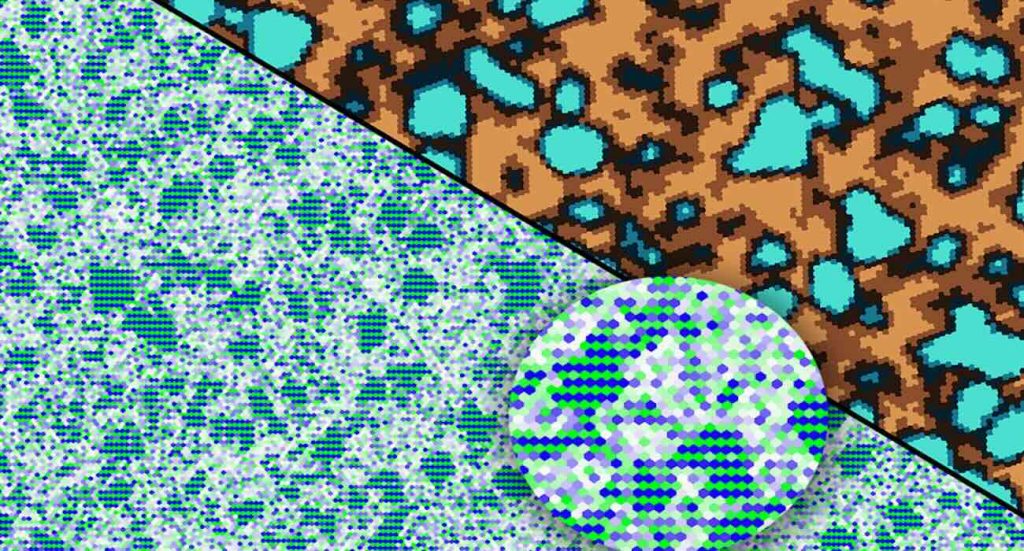Welcome to an inspiring tale of innovation! This story highlights the power of creativity and collaboration as MIT engineers embark on a journey to revolutionize metal construction with a groundbreaking aluminum alloy—crafted using machine learning and 3D printing for exceptional strength and versatility.
In a world where technology often feels overwhelming, a team at MIT discovered a way to create a remarkable aluminum alloy that stands out for its impressive strength. Imagine a material that not only surpasses traditional aluminum in durability but also offers the promise of lighter and more efficient designs for various applications.
The journey began with an ambitious vision: to create an aluminum alloy that could withstand high temperatures while being five times stronger than what was previously available. The team dived into research, leveraging machine learning to narrow down countless material combinations. Out of the nearly one million possibilities, they focused on just 40 key elements before finally pinpointing the perfect blend.
Once the ideal mix was identified, the engineers set to work, 3D printing their cutting-edge alloy. They were met with excitement as their tests confirmed it was, indeed, as robust as they had hoped. This new alloy has the potential to reshape many industries—imagine fan blades in jet engines, previously made from hefty titanium, being crafted from a lightweight variant. Such a transformation could lead to significant fuel savings across the transportation sector, considerably lightening the load.
“If we can use lighter, high-strength materials, this would save a considerable amount of energy for the transportation industry,” said Mohadeseh Taheri-Mousavi, the leading researcher. Her vision reflects a future where every airplane window reveals fan blades molded from this innovative material.
In addition to aviation, the applications are extensive; from advanced vacuum pumps to high-end automobiles and sophisticated cooling devices for data centers. John Hart, the head of the MIT Department of Mechanical Engineering, noted the advantages of 3D printing: “This method allows for complex designs and optimizes material usage, paving the way for unique possibilities.”
A Lesson in Discovery
This endeavor traces back to a class Taheri-Mousavi took on materials science in 2020. Tasked with crafting a stronger aluminum alloy, she pondered whether machine learning could yield better results than trial and error. Through her curiosity and persistence, she unlocked new potential that had been previously unexplored.
As she shared, “At some point, material properties become so complex that traditional methodologies can get lost. That’s where machine learning shines—pointing us in the right direction and simplifying our focus.”
The exciting journey revealed a unique recipe, blending aluminum with five other elements, marking a breakthrough in alloy strength without convoluted manual processes. This work symbolizes a merging of art and technology, where creativity meets scientific rigor.
3D printing emerged as the method of choice, offering rapid cooling that enhances the alloy’s resilience. The resulting microstructure features a high volume of small particles, enabling it to withstand temperatures of up to 400 degrees Celsius—an extraordinary feat for aluminum. “This method could revolutionize how we design alloys for 3D printing,” Taheri-Mousavi noted, emphasizing the catalyst for innovation that their research represents.
The hope is that one day, everyday travelers could look out of an airplane window and see fan blades constructed from this upgraded aluminum, a subtle yet profound shift in aviation technology.
(Source: MIT News)
If you would like to see similar good news stories click here & Share this to brighten someone’s day.






